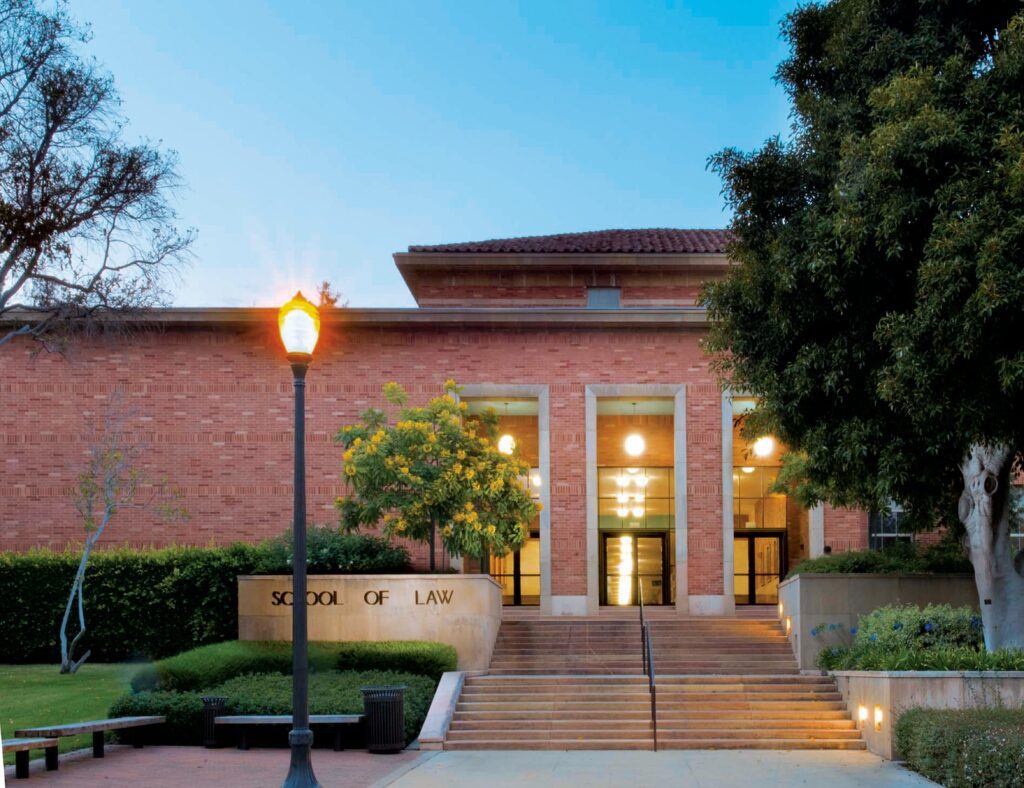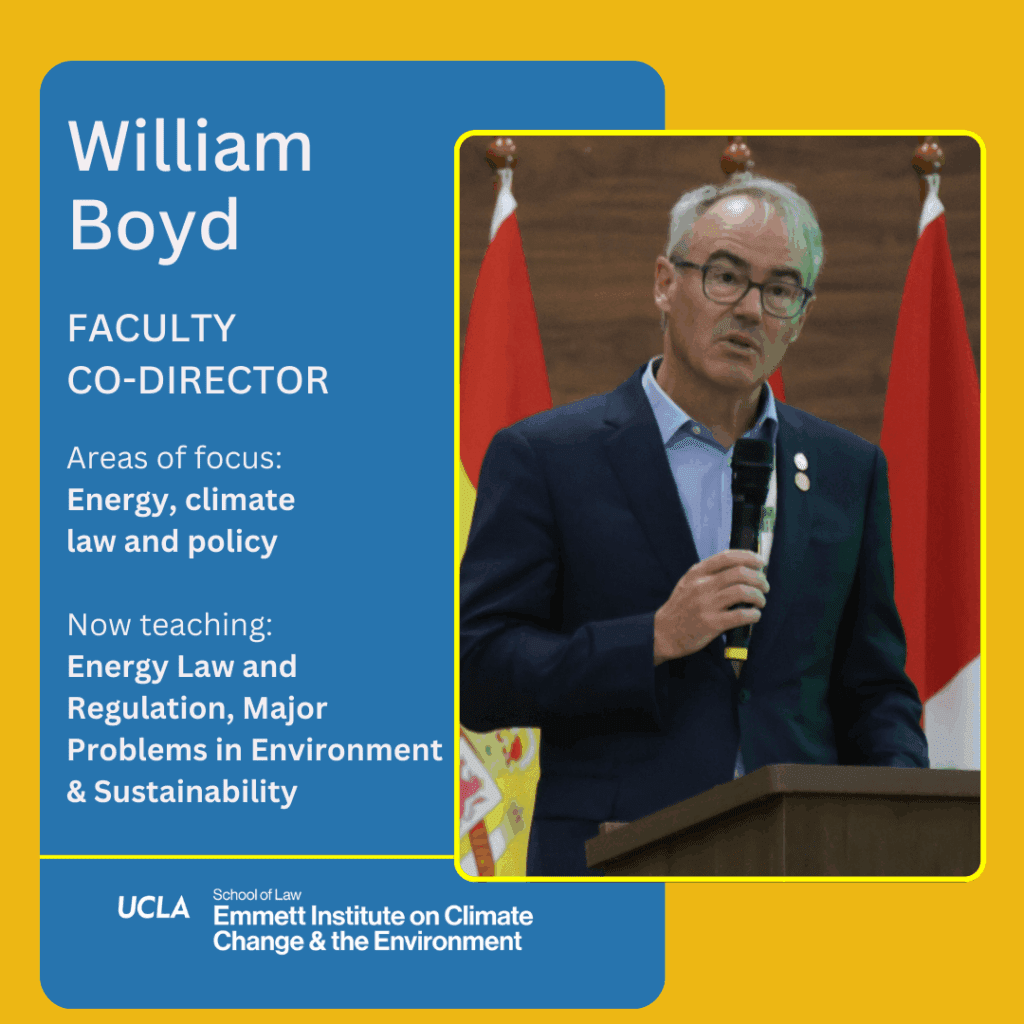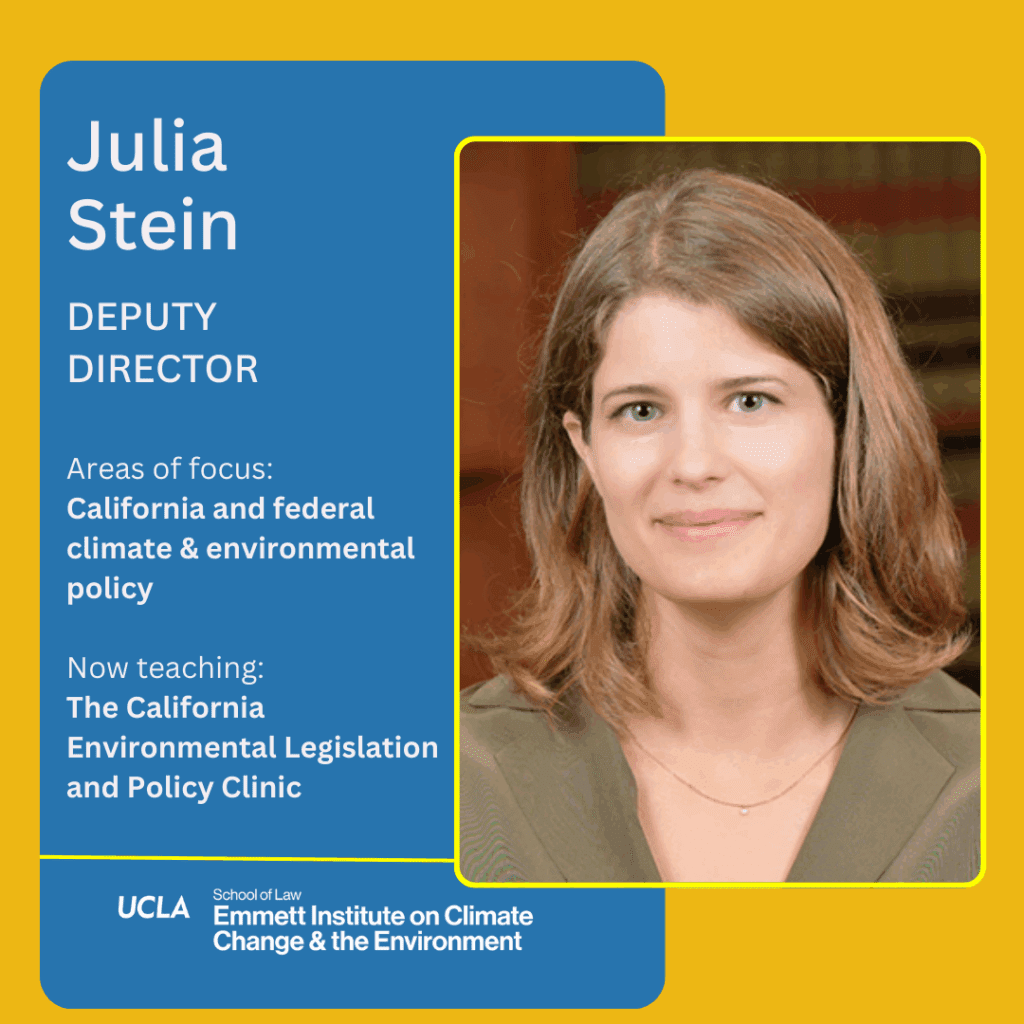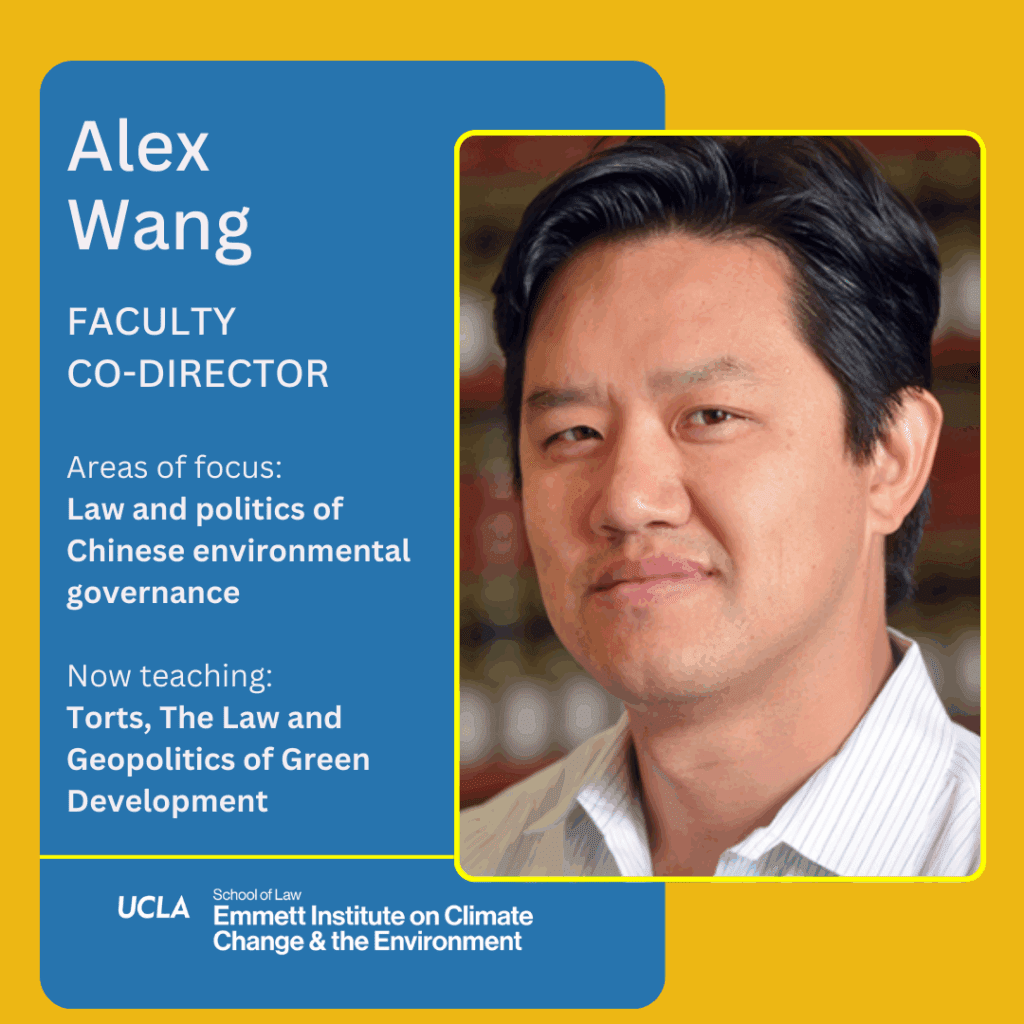How We Teach Environmental Law is Changing
UCLA Law faculty talk about how they are teaching environmental law differently in challenging times.

Environmental law is still relatively new and keeps changing all the time. After all, the field of environmental law didn’t really exist in the U.S. until pollution fears in the 1950s and ’60s spurred political activism. From 1970 to 1978, Congress passed more than a dozen of the most important environmental laws by overwhelming bipartisan majorities.
Over the years, the field has evolved wildly due to technology, new case law, scientific findings, global warming, and political developments. Since January 2025, the environmental law landscape has changed perhaps more dramatically than in any other time since the presidency of Richard Nixon. On this first week of classes, I asked my UCLA Emmett Institute colleagues how they are changing the way they teach. Below are their answers. We welcome ideas in the comments below about how you’re changing the way you teach.
William Boyd, Faculty Co-Director

“I will likely emphasize a bit more the ways in which the research and knowledge infrastructure that supports so much of environmental law has itself become an object of intense contestation and attack by the current administration and the long-term challenges this creates for the field. There is a longer history here that has been particularly evident in the area of toxics and, of course, climate change. But what is happening now goes well beyond the standard industry playbook of attacking the science and promoting doubt. With the Trump EPA, we are witnessing a systematic effort to dismantle the entire fact making apparatus of federal environmental law. “
Cara Horowitz, Executive Director

“This Fall, I’m teaching Climate Change Law and Policy. I expect that teaching the Climate Law course this year will require a mix of clear-eyed realism together with an emphasis on exploring places and topics where progress can still be made.
I’ve always told students that climate efforts need new ways of thinking and creative, energetic approaches to problem-solving; that’s more true than ever, and I want students both to understand the challenges and to feel empowered to help find solutions.”
James Salzman, Donald Bren Distinguished Professor of Environmental Law

“I will be spending more time going back to the early days of environmental law in the 1970s and explaining why national legislation was necessary and took the form it did. I also focus on how environmental law is cyclical.
There are regular periods of expansion and rollback. This period of rollback is surely different in terms of breadth and depth, but we have seen this dynamic before in the Reagan and Bush years. In other words, stay the course.”
Julia Stein, Deputy Director

“As I approach our real-world clinical work this year, I’m struck by how much of what felt settled to me when I was a law student and junior practitioner of environmental law no longer feels so. Federal enforcement of not just climate but also bread-and-butter environmental regulations has become a serious question and California policymakers are grappling with ever-more-complex questions relating to the energy transition. I am planning to take extra time this year to reflect with students about what it means to be working as an environmental lawyer now and what progress can look like even in an era of federal retrenchment. Even as our environmental and climate law frameworks come under attack, I am hopeful that the next generation of environmental lawyers can imagine an affirmative legal framework that moves the ball forward—but it will take creativity and grit. We’re in the hard part now.”
Alex Wang, Faculty Co-Director

“One major addition to my teaching is a new seminar on the Law and Geopolitics of Green Development. The premise is that the rise of green industrial policy, green lawfare (in the form of trade, national security, and other measures), and green regulation (CBAM, the EU Battery Regulation) are reshaping the trajectories of climate and environmental governance globally. As I write, the US – once the global exemplar in environmental governance – under Trump is the international outlier, having rejected climate policy, renewable energy, and electric transportation at the federal level. In contrast, China has used such measures to attain global dominance in clean energy, EVs, and batteries. The EU is taking significant actions to compete. I am asking students to understand how these new developments affect the pace and trajectory of global climate action, while also considering the extraordinary economic, political, and social stakes at play. Even more importantly, I am working with them to develop a productive path forward for the US despite difficult political headwinds.”
Allan Marks, Lecturer

“Understanding environmental risks, permitting, and regulatory or policy responses to climate change is central to my courses on energy and infrastructure finance. I cover international transactions, not just domestic projects. The US federal government’s policies and practices on the environment, trade, energy, national security, and administrative law have significant (often unintended) ripple effects, both domestically and internationally, on capital allocation, energy and insurance markets, global supply chains, climate risks, economic value creation (or destruction), and governance. So, I spend more time with my students exploring how these factors interrelate and how to navigate heightened uncertainty in planning, structuring and negotiating transactions across the energy, water, transportation, and digital infrastructure sectors. These are mainly regulated industries and markets, so political risk, regulatory uncertainty, and challenges to science, data and the rule of law have an outsize impact. The lawyer’s role – whether in front of regulators, advocating in courtrooms, resolving disputes, advising clients, setting public policy, or facilitating transactions and investment – thus becomes more critical and more challenging than ever. The classroom discussion is moving beyond learning what the law is or should be, say on an environmental issue, to formulating legal processes and substantive outcomes that can be achieved in practice when procedures, rules and institutional norms seem to be in flux and harder to predict.”
Reader Comments
One Reply to “How We Teach Environmental Law is Changing”
Comments are closed.







Hang in there, people!! This too will pass.
I wonder if there might be an advantage in seeking out applicants who hunt and fish. One of the many things I do not understand about our current situation is the silence of the trad conservatives.
Yet it *must* be the case that many, or at least some, of them in fact care deeply about our Earth. People who may not “believe” in CC could still care about species, f.e. Is it wrong to care about something only so you can kill and eat it later? Perhaps. But, otoh, we are all eating something. Maybe it’s time to reach out. (Maybe you already do.) Or they might care about access. Or sprawl. I don’t know. It seems worth a shot.